Indigenous archaeology plows forward, despite anthropology’s checkered past
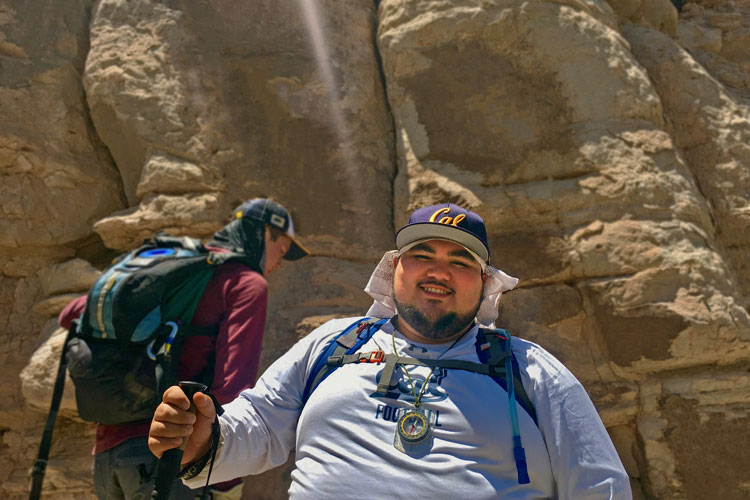
Kent Lightfoot trained in archaeology when backhoes and front-end loaders tore through Native American sites. At the time, it didn’t occur to him that the land could actually feel pain — not until Kashaya Pomo tribal elders at Northern California’s Fort Ross Historic State Park set him straight.
“They taught me that archaeological sites should be treated as living organisms that can feel pain if disturbed,” recalls Lightfoot, a UC Berkeley anthropology professor since 1987. “Looking back, that was the aha! moment that led to my vision for low-impact archaeology and reducing our footprint.”
Today, Lightfoot, 67, is an influential and endearing figure in Indigenous archaeology, a subfield of anthropology that eschews cultural imperialism and blends tribal perspectives, customs and collaboration into scholarship.
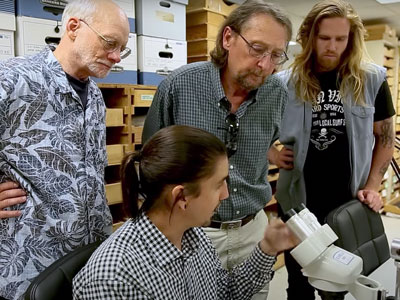
With precision technology that can detect what’s beneath the ground and prevent unnecessary digging — including ground-penetrating radar, satellite imagery, magnetometry and light detection and ranging sensors — the field is, in many ways, an antithesis to anthropology’s grave-plundering past.
Another reckoning
That past was highlighted last month when UC Berkeley “unnamed” Kroeber Hall, which houses the anthropology department and the Phoebe Apperson Hearst Museum of Anthropology.
Alfred Louis Kroeber introduced the study of anthropology to the American West in 1901 when he co-founded the department at UC Berkeley. Among the reasons cited by the chancellor’s Building Name Review Committee for removing Kroeber’s name from the building was his role in the collection of Native American ancestral remains from gravesites.
Also cited was his claim that California’s Ohlone people, various tribes spanning from the San Francisco Bay Area to Monterey County, were “culturally extinct for all practical purposes.”
That and other forms of marginalization have hampered the Muwekma Ohlone Tribe’s efforts to secure federal recognition and claim ancestral remains under the 1990 Native American Graves Protection and Repatriation Act — although a new state law, AB 275, promises to make it easier for all California tribes to recover ancestral remains held at state-funded institutions.
Reactions to the removal of Kroeber’s name vary widely depending on whom you ask. What UC Berkeley’s practitioners of Indigenous archaeology agree on is that their focus with respect to social justice for Native American people and advocacy for tribal sovereignty is of a practical, rather than a symbolic, nature.
“It’s important to learn about the history, but it’s also important to look ahead and see how our specific skillsets — whether in archaeology, geophysics or forensic science — can be applied to meet the needs of the Native communities who have put their trust in us, despite the history of the institution,” says Jun Sunseri, a UC Berkeley associate professor of anthropology.
Indigenous know-how meets futuristic tech
A mix of western science, Indigenous know-how and futuristic tech has drawn more Native Americans to the field, notes Peter Nelson, a Coast Miwok and a citizen of the Federated Indians of Graton Rancheria in the North Bay who received his Ph.D. in anthropology from UC Berkeley in 2017.
“All these wonderful tools and methodology speak to our preservationist values as Indigenous archaeologists and to the values of tribal communities,” says Nelson, who just started his tenure as a UC Berkeley assistant professor of environmental science, policy and management and of ethnic studies.
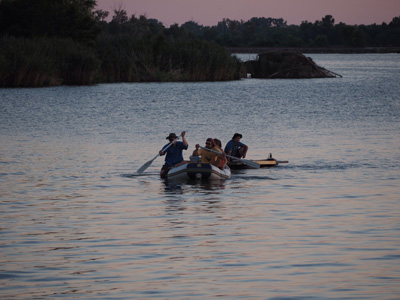
Though the coronavirus pandemic has put fieldwork on hold since early 2020, Indigenous archaeologists are looking forward to resuming their work at various sites when it’s safe to do so again.
In Illinois’ Mississippi Valley, A.J. White, a UC Berkeley doctoral student in anthropology, studies ancient human feces, among other demographic clues, to track population and climate changes and to challenge the myth of vanishing Native American civilizations.
“We’re expanding archaeology beyond these really traditional, invasive and disrespectful approaches and getting into the dirt and into the geochemistry to piece together lost histories and bring them back to life,” he says.
In northern New Mexico’s Pueblo de Abiquiú, Sunseri and a team of UC Berkeley students are partnering on a cultural revitalization and infrastructure project with the Genízaro Indigenous community, whose ancestors were captured and marginalized during the Spanish colonial era.
Mentoring younger generations
“There’s a lot of pain associated with that colonization history, so it’s important for younger people in the community to connect to their roots in a positive way, and to engage with their elders because they’re our libraries, and when they’re gone, that knowledge goes with them,” says Morino Baca, a UC Berkeley graduate student in public health who has ancestral ties to the Genízaro Indigenous community.
Born in nearby Española, he worked on Sunseri’s Pueblo de Abiquiú project and is heavily involved in working with Native and underserved youth.
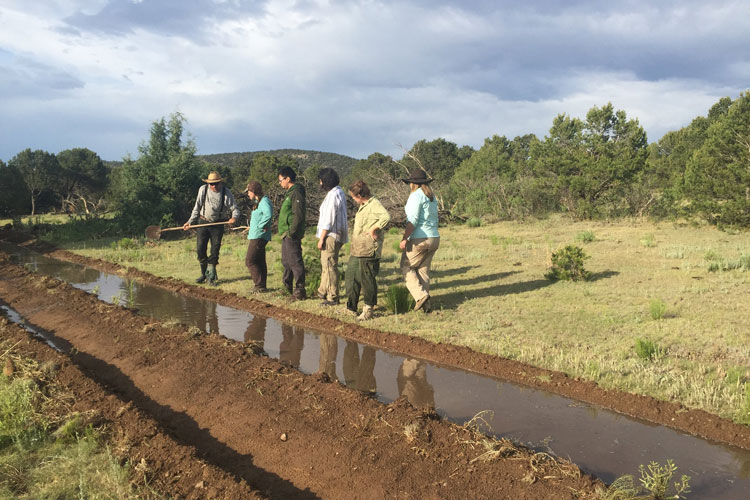
The Berkeley team at Pueblo de Abiquiú is also helping the community build a case for water rights and federal recognition, areas that Sunseri has some expertise in.
Sunseri started his career as a mechanical engineer working on land repatriation efforts with the Venda community of Tshimbupfe in post-apartheid South Africa. There, he realized archaeology training was needed to do the job right. After earning a Ph.D. in anthropology from UC Santa Cruz, he joined UC Berkeley’s anthropology faculty in 2011.
Promoting tribal sovereignty
At UC Berkeley, Sunseri has implemented a low-impact archaeology program with the United Auburn Indian Community in Placer County, and is helping Central California’s Mono Lake Kutzadika’a Paiute “overturn the wrongful termination of their federal recognition,” Sunseri said.
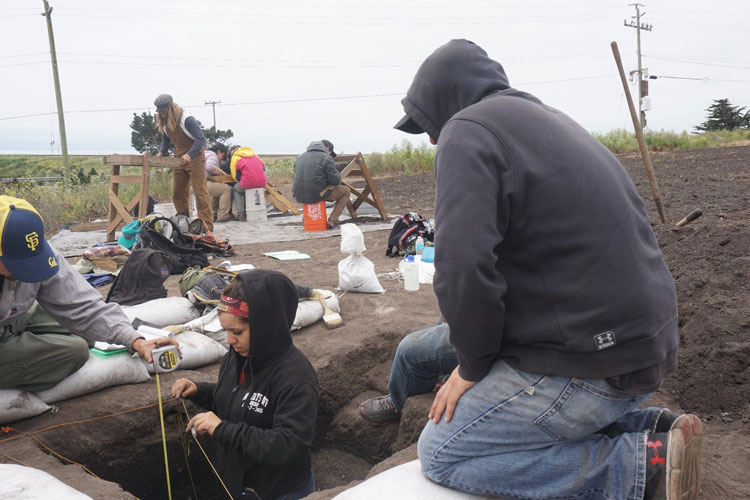
Meanwhile, Lightfoot and a team of archaeologists and students are partnering with the Amah Mutsun Tribal Band on an extensive biodiversity project in the tribe’s territory that spans the Santa Cruz and Monterey Bay areas.
One cultural practice Lightfoot is particularly interested in is the Amah Mutsun’s ancient custom of prescribed burning, which was outlawed in the late 1700s. Increasingly, some scientists believe the practice should be resumed to reduce the threat of megafires that are accelerating on the West Coast due to climate change and fuel buildup on the forest floor.
“We’re exploring how lessons from the past can help enhance the richness and diversity of native species and minimize the risks of catastrophic fires,” Lightfoot says.
As for Nelson, he remains active with the Federated Indians of Graton Rancheria, which represents some 1,400 Coast Miwok and Southern Pomo. His tribe’s ancestors were pushed further and further west in Marin and Sonoma counties by European settlers in the 1800s. After World War II, some relocated to California’s urban centers or out of state to find work. Nelson’s family ended up in Washington state, where he was born and raised.
A Berkeley homecoming
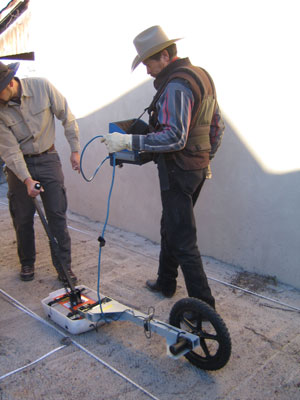
In 2009, nine years after the U.S. Congress restored his tribe’s federal recognition status, he moved to the Bay Area for graduate studies in anthropology at UC Berkeley. It was a homecoming on multiple levels.
“Berkeley was my entrée into Indigenous archeology, low-impact methods and community-based research,” he says. “I met a lot of great people at the university and in my tribe who influenced how I think about working with Indigenous communities and issues.”
For his Ph.D., Nelson used paleoethnobotany, the study of ancient plant and seed remnants underground, to replicate the pre-colonial environment around Tolay Lake Regional Park in Sonoma County.
“Tolay Lake has been a very significant place for my tribe since time immemorial,” Nelson says.
Last month, after three years as an assistant professor of American Indian studies at San Diego State University, he returned to UC Berkeley as a faculty member.
He was not sorry to see Kroeber’s name removed from the anthropology building in light of Kroeber’s damaging assessment of the Ohlone as culturally extinct, he says.
But nor does Nelson wish to see anthropology’s ignominious history eclipse the good coming out of Indigenous archaeology.
“Those mistakes of the past are not the totality of who we are in this profession,” he says. “In many ways, they’ve intensified our drive as Indigenous people and archaeologists to work in collaboration with tribal communities. We can learn a lot from each other, if we ask questions in our research that have mutual benefits for both parties.”
“Ultimately,” he says, “the collaboration between western science and Indigenous science has given us a lot of really great information.”
